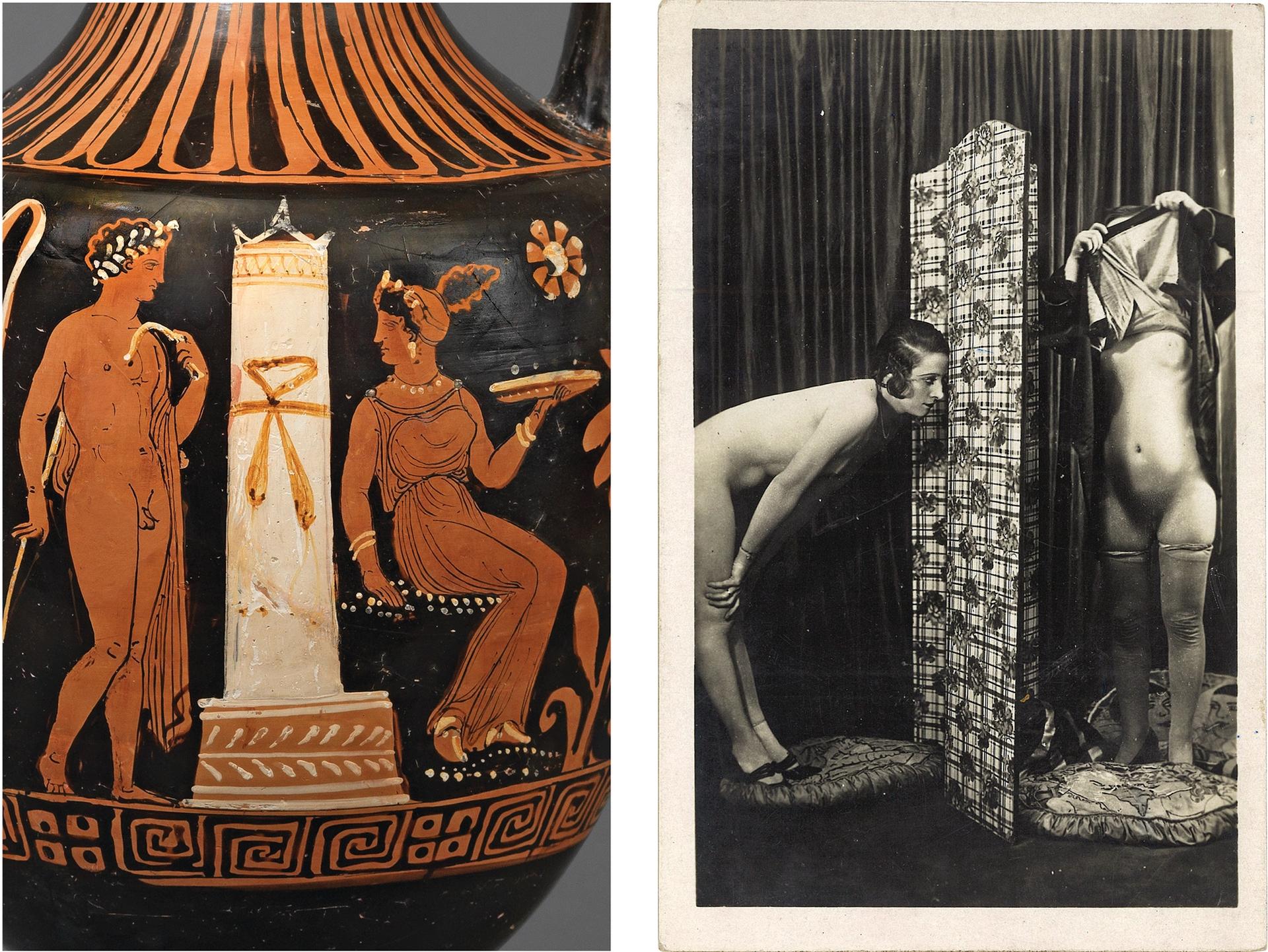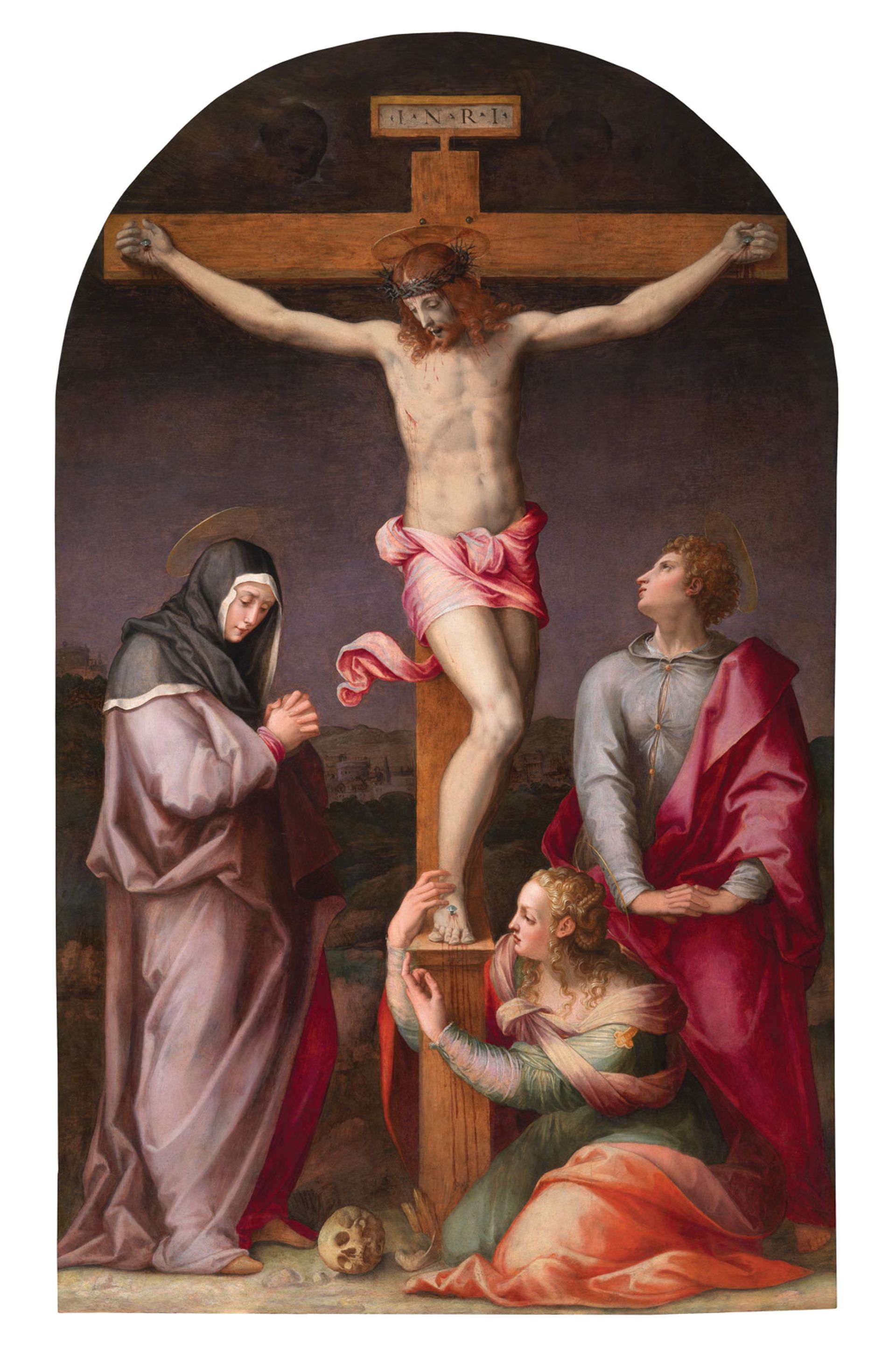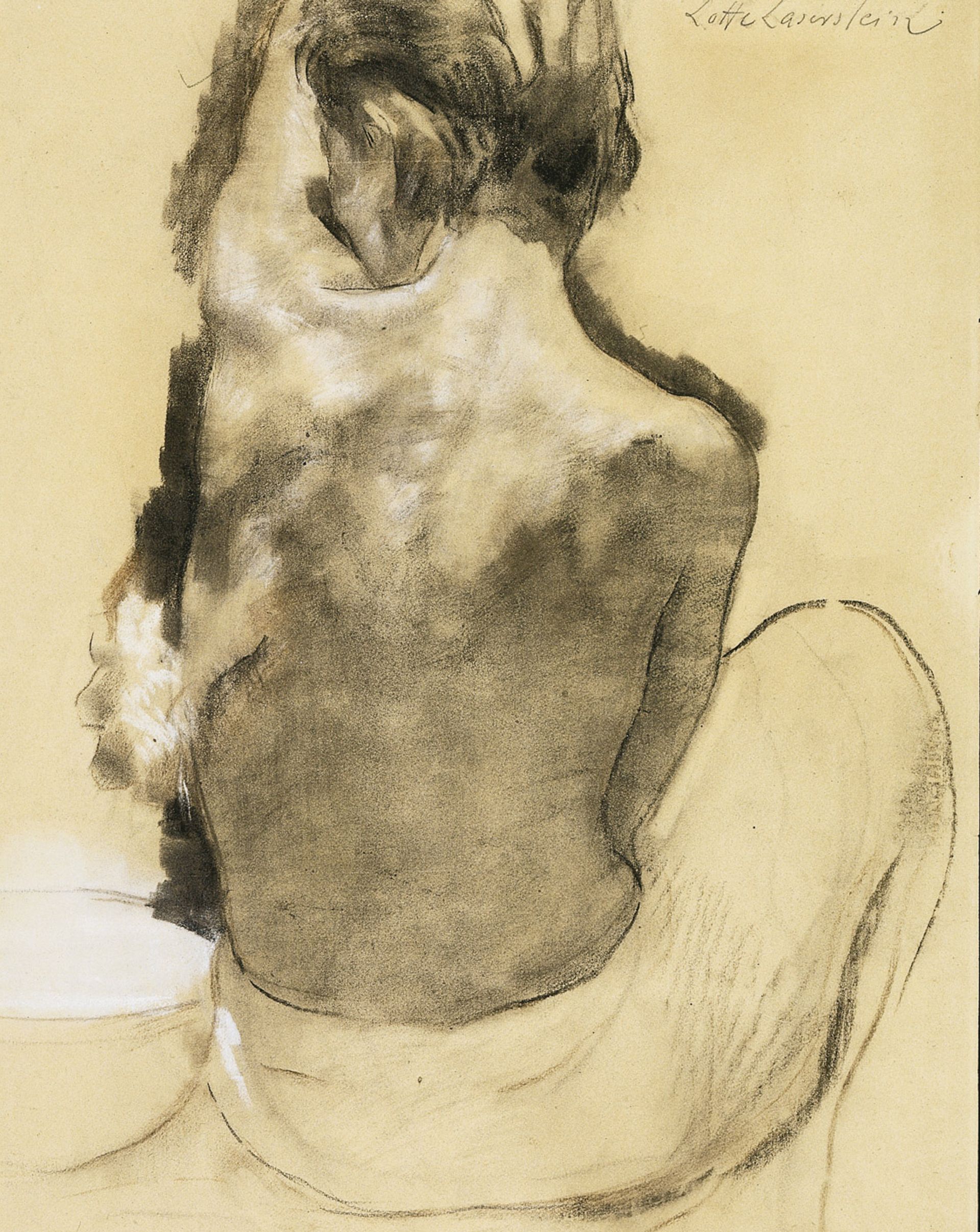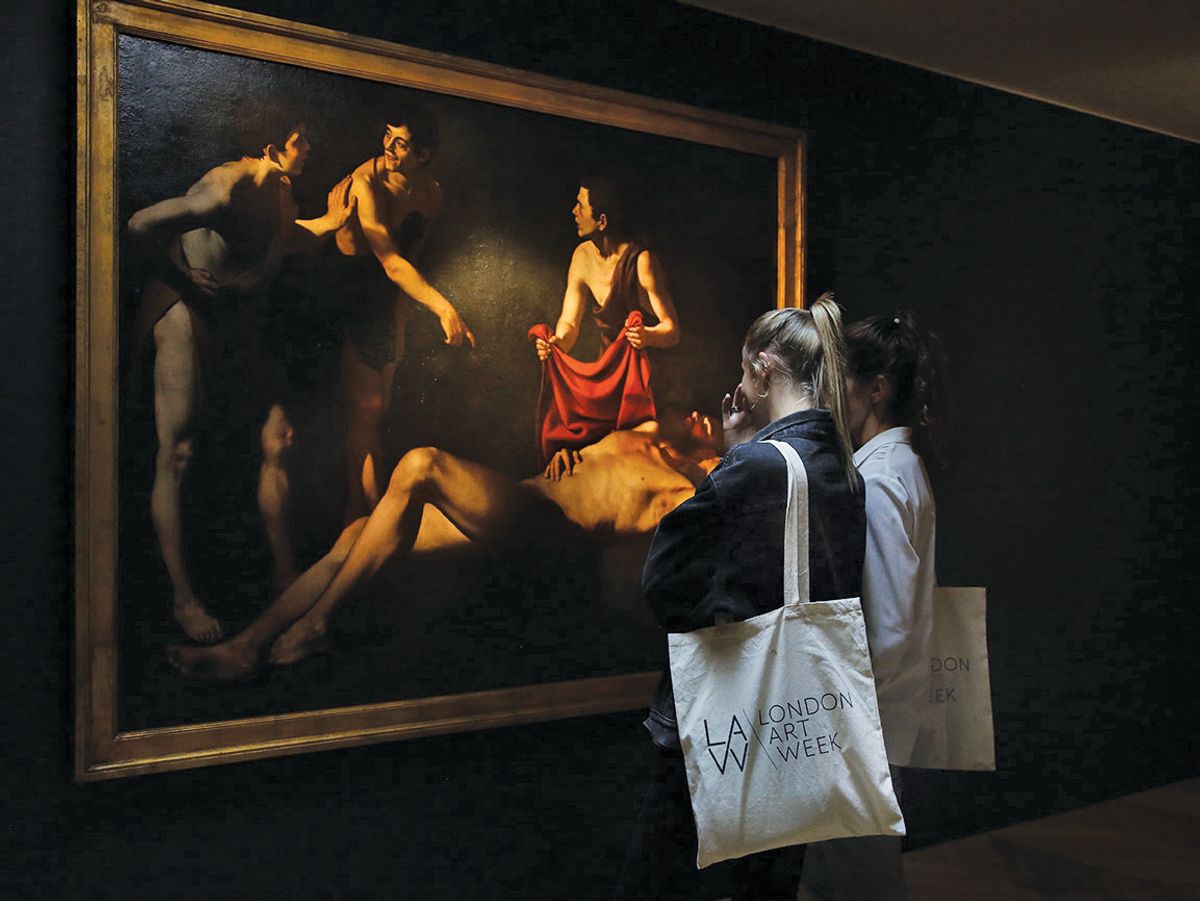London Art Week (LAW) illustrates how much the Old Master world has had to pull up its marketing socks in the past five years to attract a new audience in a world with eyes only (aside from THAT $450m Leonardo da Vinci) for the fast-paced glamour of contemporary art.
Traditionally a summer event, this year, while the contemporary art crowd are at Art Basel in Miami Beach (7-10 December), LAW adds a winter edition to coincide with London’s pre-Christmas Old Master auctions. Previously run by dealers, this year the board hired a chief executive, Philippa Gimlette (the former design manager and art director at The White Company) to bring a fresh perspective.
LAW has also realised the value of partnerships, and the new principal sponsor, Hunters Solicitors, will give a talk on the legal considerations of buying art. The expanded events programme also includes talks from curators at LAW’s museum partners, such as Wallace Museum at Colnaghi (El Greco to Goya), the Ashmolean Museum at Kallos Gallery (Imagining the Divine) and the Soane Museum at Daniel Katz (Egypt Uncovered: Belzoni and the Tomb of Pharaoh Seti I).
One marked change from LAW’s earliest incarnation in 2003 is the growth in themed exhibitions, as galleries realise that a lazy “stock” exhibition rarely attracts attention. Here is a survey of those exhibitions that have caught our eye, alongside a Florentine rediscovery. A.B.

Apulian red-figure amphora, paired with a vintage postcard of an erotic female peepshow. Rupert Wace Ancient Art and John Kasmin Rupert Wace Ancient Art and John Kasmin
Rupert Wace Ancient Art
Dizygotica: a Christmas Exhibition with Kasmin, organised by Sophie Hicks
The architect Sophie Hicks was admiring Rupert Wace’s stand at Frieze Masters when she suggested that he should combine his antiquities with the postcard collection of their mutual friend, the art dealer John Kasmin, to bring both to life. “The whole thing is a bit of a joke on the word Dizygotica, meaning non-identical twins,” Hicks says. “These are two very different dealers, of different generations, but they are both obsessive collectors in different fields.” Wace selected the antiquities he intended to show for his LAW show, then Kasmin selected images from his vast postcards collection to go with them. The latter’s choices are, Hicks says, “oblique, quite humorous, reflecting the way he looks at the world.” Expect pairings such as a Roman marble torso of a satyr with a sling of fruit, paired with a humble 19th-century man carrying his basket home from a Normandy market. A.B.

John Sell Cotman, Norwich Cathedral, the North Aisle of the Choir (1807-11) Lowell Libson Lowell Libson
Lowell Libson
Parallel Lines: Contemporary Chinese Ink Painting and the Great Age of British Landscape Painters
For this exhibition—first shown in New York in November—the British pictures specialist Lowell Libson has teamed up with the Asian art dealer, Marcus Flacks, for a show that teases out the unlikely similarities between contemporary Chinese ink painting and 18th- and 19th-century British drawings. This relationship is not new, however: in the 1930s, after visiting the collector Paul Oppé, the Chinese author and artist Yee Chiang wrote: “The more familiar I become with English watercolours, the more points of similarity I find between them and our paintings. The treatment in the black-and-white wash drawings of Cotman, Cozens, Constable and Cameron make me believe there is really no boundary between English and Chinese art at all.” A.B.

Crucifixion with Virgin Mary, St John the Evangelist and Mary Magdalene (around 1565) by Michele Tosini, Benappi Fine Art Benappi Fine Art
Benappi Fine Art
Crucifixion with Virgin Mary, St John the Evangelist and Mary Magdalene (around 1565) by Michele Tosini
Turin-based Benappi Fine Art, one of a slew of younger dealers entering the Old Master field, only opened a London gallery this summer. Now, it has a rediscovery: Crucifixion with Virgin Mary, St. John the Evangelist and Mary Magdalene (around 1565) by Michele di Ridolfo del Ghirlandaio, called Michele Tosini. The oil on panel was painted for the choir stall of Luco di Mugello of the Camaldoli Order, a small convent outside Florence. Giorgio Vasari was originally commissioned to paint the crucifixion. But, too busy with projects including the redecoration of the Palazzo Vecchio for Cosimo I, he turned to the talented young painter who had just inherited Ridolfo del Ghirlandaio’s workshop in Florence. A.B.

William Etty’s Standing female nude from behind, at Tomasso Brothers Tomasso Brothers
Tomasso Brothers Fine Art
Camaraderie and Classicism: Joseph Gott R.A. (1785-1860) and William Etty R.A. (1787-1849)
Dino and Raffaello Tomasso have gone back to their home county with this LAW show featuring two fellow Yorkshiremen: the sculptor Joseph Gott and the painter William Etty, shown together for the first time. Gott and Etty shared a love of neoclassical principles—they both worked in Rome during and just after Antonio Canova’s lifetime—but they were also great friends. The show combines marbles and small-scale terracotta sculptures by Gott, with oils of nude women by Etty—the latter in true 19th-century style. Not perhaps the most commercial but that has never bothered the Tomassos—and Etty paints a dimpled buttock brilliantly. A.B.

Lotte Laserstein, Rear view of nude with washbowl (around 1929) at Agnew’s Agnew’s
Agnew’s Gallery
Lotte Laserstein’s Women
Having mounted an exhibition of the painter three decades ago, Agnew’s revisits Lotte Laserstein (1898-1993) with a show of her female subjects in advance of the Städel Museum’s retrospective in 2018. Among the first women to graduate from the Berlin Art Academy, Laserstein thrived in Weimar Germany before she was designated “three-quarter Jew” and forced into exile in Sweden. While her penetrating realism fell from fashion with the birth of abstraction, it is now getting its due. In 2010, Evening Over Potsdam (1930), bought from Agnew’s 1987 exhibition, sold for over £420,000 (with fees) at Sotheby’s London. Prices range from under £10,000 to £125,000. J.H.M.


